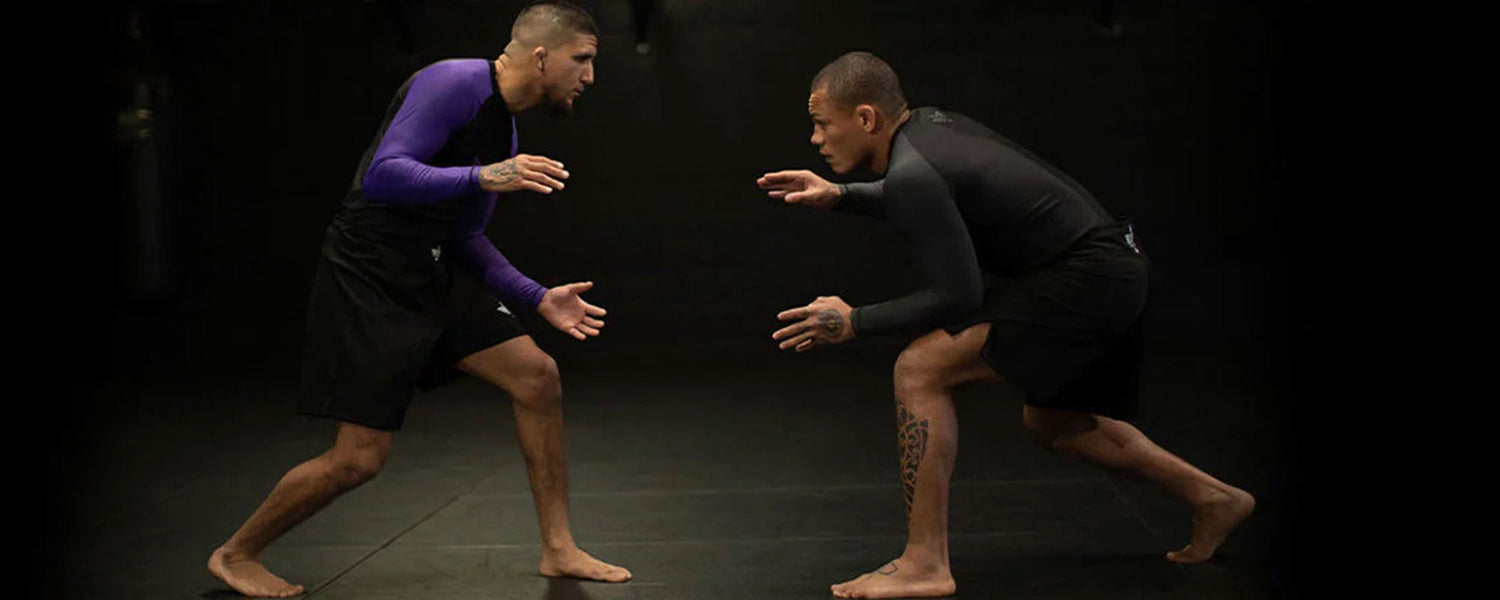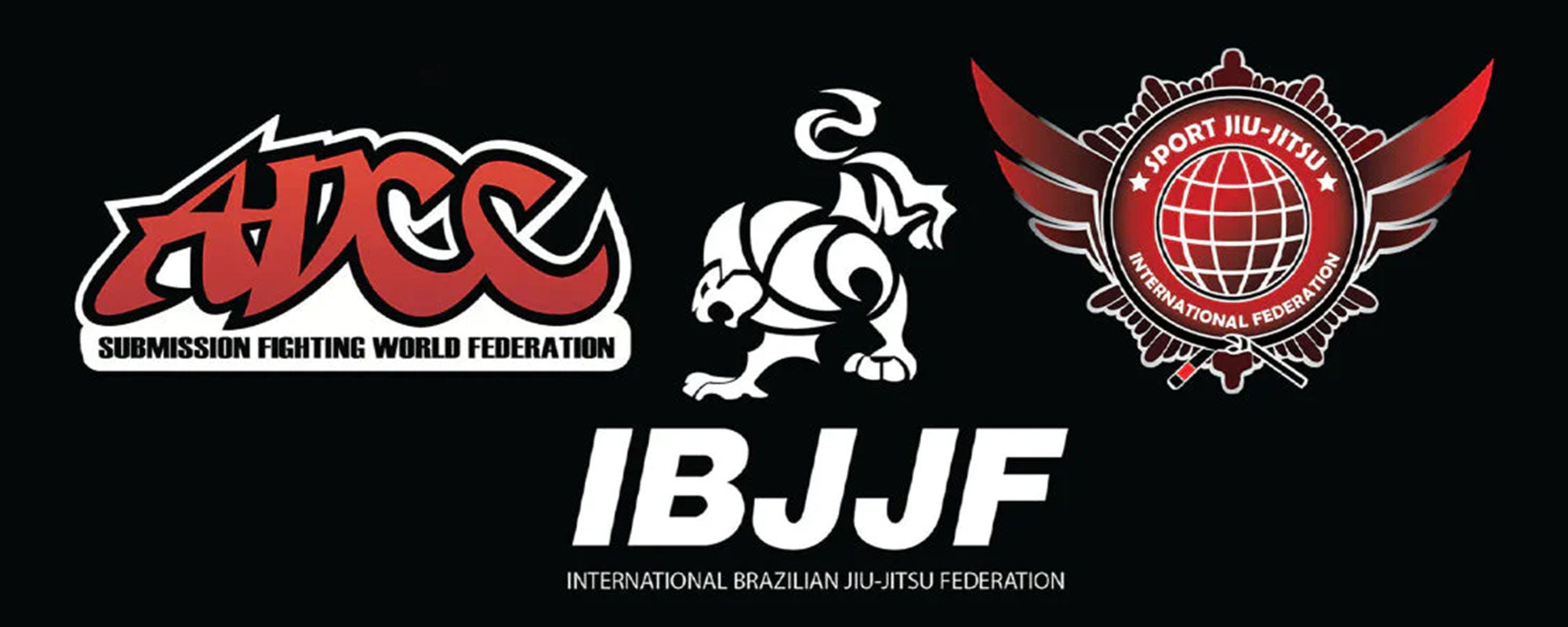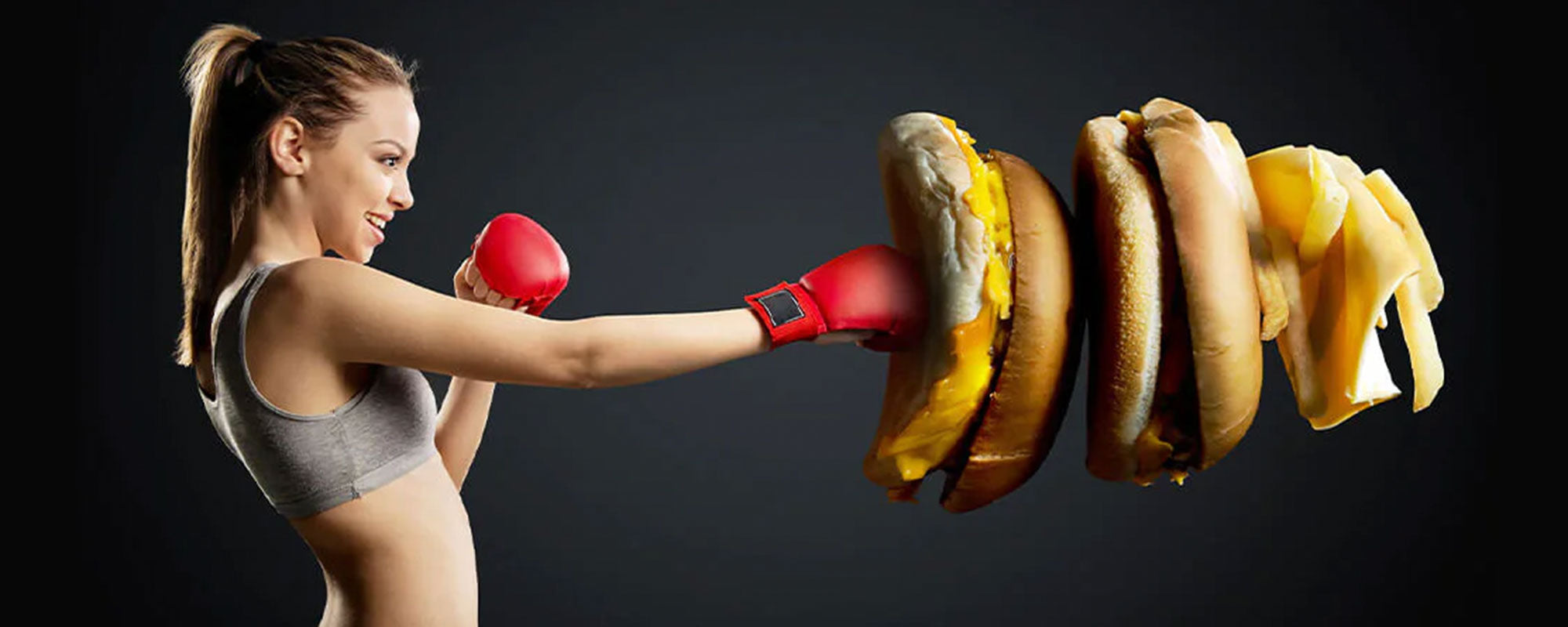Table of content
BJJ is a sport that demands great strength and endurance. When you’re trying to develop your strength and muscle endurance, there will be a heap of options out there.
Seeing a large number of options, you can easily get confused. And, you can’t begin our strength training.
We have brought together all of the best jiu-jitsu drills that professionals follow. These are the simplest and most effective exercises for jiu-jitsu.
And, all professional BJJ athletes follow these drills.

1. Hip Escapes
Hip escapes are a defensive jiu-jitsu technique that can be beneficial for you in escaping almost any situation. This is a fundamental BJJ movement and is also called shrimp.
It is important to note that in BJJ, good hip movement can help you more than anything else. The reason is that we can push with a lot more power by using our hips as compared to our arms and hands.
To perform hip escape drill, follow these steps:
- Lie on your back.
- Bent your one leg, the foot should be close to your butt.
- Keep your arms and elbows close to your body, as if the opponent is on you.
- Push your bent leg, and turn slightly towards your shoulder.
- Push your feet into the ground and move your hips in the opposite direction to your shoulder.
- Extend your arms towards your feet, creating a space for introducing your knee or foot.
- Repeat this movement
2. Bridging
Bridging is another amazing exercise for building strength in the glutes. Bridging is a key movement creating the space required to move around during jiu-jitsu.
Bridging not only helps in building hip strength but is also a basic exercise for a lot of movement techniques.
This exercise is very simple but very effective. The higher and with more force you can bridge, the better is your bridging.
- Lie on your back.
- Bend your knees, and put your arms close to your chest.
- Raise your hips into the air, engaging your glutes and hamstrings.
- Lift one shoulder, and reach across the opposite shoulder to touch the ground.
- Again, return to starting position, and repeat this movement with the other shoulder.
3. Technical Standup
Technical standup is one of the basic fundamental BJJ movements. Most of the Jiu-Jitsu students are taught how to do a technical stand-up in their first class.
The technical standup helps in developing strength. In addition, it allows maintaining balance while defending themselves from strikes of the opponent.
During Jiu-Jitsu you can't simply stand up while you are on the ground. Because your opponent can punch you directly or knee you as you come up.
So, it’s very important to practice technical standup for defending yourself while you get up from the ground.
- Sit on the floor with knees bent and feet flat on the floor.
- Lean your body on one side by placing your hip and leg on the ground,
- Put your hand (same side) on the ground.
- The opposite side foot should be flat on the ground and the knee will be bent.
- Move the other arm (that is not on the ground) straight out of your body.
- Lift our free leg and hip off the ground by taking the help of your posted leg and hand.
- Stand up while keeping your legs open a little wide, and bring both hands into a defensive posture.
4. Hollow Body Hold
This is a perfect drill to engage and strengthen the muscles in the lower back and core. It also helps in the stretching of glutes and hamstrings to keep your spine in alignment.
Hollow body hold can also help in relieving back pain or preventing it from occurring in the future.
- Lie down on the floor, legs, and arms should be extended.
- Contract your abs by flexing the core muscles.
- Contract the muscles of your thighs and abs at the same time.
- Now, lift your legs slightly above the ground level, back should be on the floor.
- Raise your head off the floor, and extend your arms behind your head.
- Your core should be contracted.
- Hold for at least 30 seconds.
- Lower your legs and arms
- Repeat this movement.
5. Split Squat
In BJJ, balancing is as important as strength. Squatting is a very effective exercise for developing strength in the lower body compliments upper body strength as well.
The split squat is more beneficial because it engages the core as well. When you are maintaining balance using one leg, your core is automatically forced to work.
If you are suffering from back pain and don’t want to do heavy squats, then split squats can be an effective option for you.
This exercise will put pressure on your quads, glutes, and hamstrings. So, as a result, it will reduce pressure on your lower back.
- Start with a standing position.
- Take a long step forward, and bend your leg at the back.
- Lower your hips while flexing your knees, until the back knee is just above ground level.
- Your back should be resting on its balls.
- Repeat this movement with the other leg.
- Try to do as many reparations as possible
6. Granby Roll
The Granby roll is used in BJJ for escaping grapples and defending attacks. This technique can be very helpful if your opponent is heavier and taller than you.
It might seem that Granby Roll requires great flexibility, but it’s all about using the right techniques for inverting your body.
However, Granby Roll can help you in increasing your flexibility. In the beginning, you might have some difficulty while performing the Granby roll, but once perfected it becomes very easy.
- Start by sitting on the floor and bending your knees.
- Lower your shoulder on the floor until it touches it, and make yourself compact by tucking your chin into your knee.
- Raise with the help of the toe on the ground bringing your knees off the mat.
- Roll your body into the direction you are facing, and land onto your opposite shoulder.
You should always land on your shoulder blades while performing a Granby Roll and never on your neck.
7. Sprawling
Sprawling is a type of HIIT exercise that helps engaging major muscle groups at once. Sprawls have a major role in building stamina and endurance.
Stamina and muscle endurance play a key role in BJJ. It engages all the muscles in the lower body effectively.
Sprawls also help you in building a defined chest and strengthening your arms.
While doing sprawls you are continuously getting into a plank position, this strengthens your core.
Sprawling is a comprehensive exercise for building overall body strength and increasing stamina.
- Start in a standing position, your feet should be hip-width apart.
- Squat down and touch the floor, your arms should be shoulder-width apart.
- Jump back with both feet extending your legs and hips.
- Do a push-up.
- Jump back up taking push from hands and balls of feet.
8. Break falls
In a grappling sport like BJJ, it’s very important to protect yourself from injuries as you fall on the ground. The technique of break falls steps in to prevent serious injuries.
As the name suggests, the purpose of break falls is to break your fall. Break falls are the most obvious solutions to grappling-induced injuries.
There are different types of breaks falls to practice depending on how you are falling, and how you can prevent your body weight from causing injury.
8.1. Protecting Your Arms
Imagine that you are pushed and you are about to fall on the floor. If you are a beginner you will try to fall on your hands because it generally feels safe.
However, by doing this you are putting your whole-body weight on your arms which could lead to fracture.
So, the question arises how you can protect arms with a break fall?
Taking the above example into consideration, imagine you face a throw. Instead of landing on your arms, you should just simply fall on the floor.
And, slap the floor with your arms and hands as you hit it. This will absorb the impact up to some extent.
If you are falling on the left or right side, you can break fall in the same way. Just accept the fall, and when you hit the ground the arm of that side on the mat to minimize the impact.
8.2. Protecting Your Neck
Injuring your arms is not fun. So, you can imagine how worse it could be to injure your neck. You can use break falling techniques for protecting your neck as well.
The common method for protecting your neck is doing a forward roll if you are falling on the front side.
While falling, you should tuck in your chin. This will put an impact on the shoulder muscles.
If you experience a hit from the left or right side, you can’t land on both your shoulders. So, instead of that, you will roll over the shoulder you are falling.
But you can only perform these break-falling techniques if you practice them regularly. You should train and practice these drills so that you can benefit from them during jiu-jitsu.
9. Conclusion
In every sport, you can only become better only if you learn from the professionals. These drills might seem basic to you, but in reality, they are very effective for upgrading your jiu-jitsu game.
These exercises are important not only because all professional BJJ athletes follow these drills. But they also help in developing stamina and muscle endurance.
You can only benefit and use these techniques during a jiu-jitsu session if you practice them regularly.
So, you must exercise these drills regularly. Only then you would be able to perfectly implement them during jiu-jitsu.












Leave a comment
This site is protected by hCaptcha and the hCaptcha Privacy Policy and Terms of Service apply.